In 1883 the Humber Yawl Club was formed in northeast England by a group of canoeing enthusiasts who felt that the conditions in the Humber estuary required more seaworthy craft than they had previously used. This led to the designing and building of so-called canoe yawls, although strictly speaking they were neither. Not only did they race against each other, both paddling and sailing, but they were also cruised extensively on sheltered inland waters. In the days before cars were used to trailer boats, the canoe yawls were built very lightly so that they could be loaded and carried on trains, and occasionally they were also transported by steamer to the European mainland. One of the Humber Yawl Club’s founding members was a young engineer called George Holmes who, in 1888, designed a canoe yawl called ETHEL which was built locally by J. Akester. At 13′2″ ETHEL was specifically designed to fit in a guard’s van (caboose) on a train, and her beam allowed two people to sleep on board, on either side of the centerboard case.In 1991, Classic Boat magazine ran a series of articles on the build of a strip-planked replica of ETHEL. On seeing this, Tom Dunderdale commissioned Paul Fisher of Selway Fisher Design to design a slightly larger version. The result was the Lillie design which, with a length of 14′11″, could be built of stitch-and-glue plywood using 8′ sheets of plywood scarfed together, with seven strakes. Although Tom’s boat was built this way, Paul also produced plans to allow strip-planked construction.The plans set includes six pages of drawings and a 12-page booklet, Building Schedule and Key to Plans. The plans include drawings and a table of offsets for each of the seven plank shapes; construction details for plywood and strip construction; measured drawings for frames, stems, and molds; and sail and spar plans for lug and gaff rigs. The booklet includes the key, notes on stitch-and-tape construction, and drawings for the tiller and motorwell.
Join The Conversation
We welcome your comments about this article. If you’d like to include a photo or a video with your comment, please email the file or link.


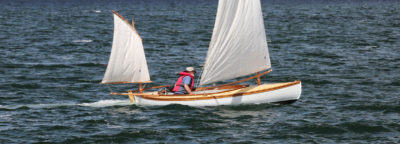

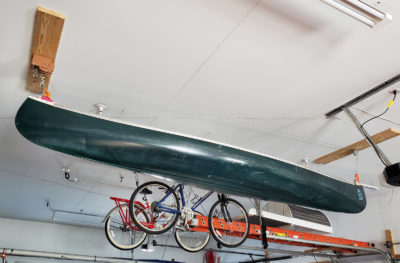

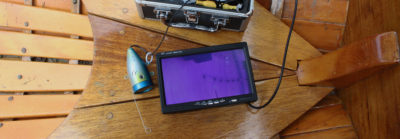
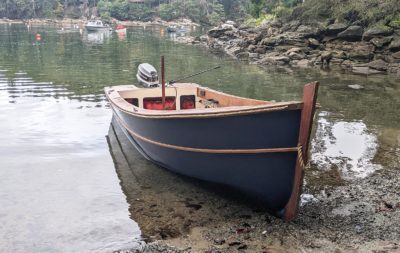
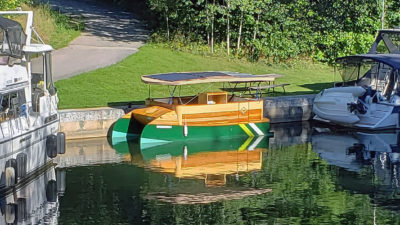
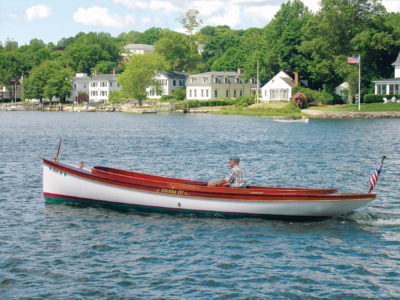
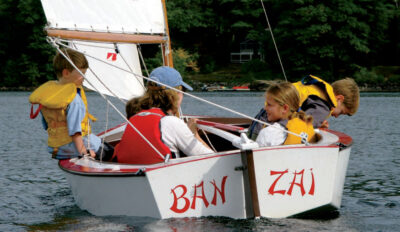
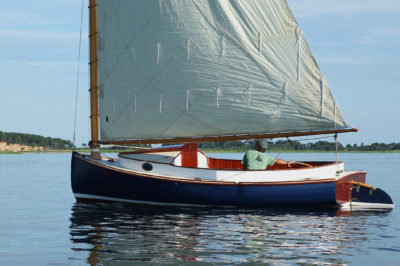
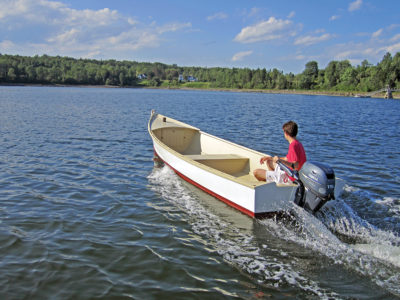
Has anyone built this or the “Classic Boat” version, specifically in the strip method?
Looking for details of construction, any difficulties, etc.